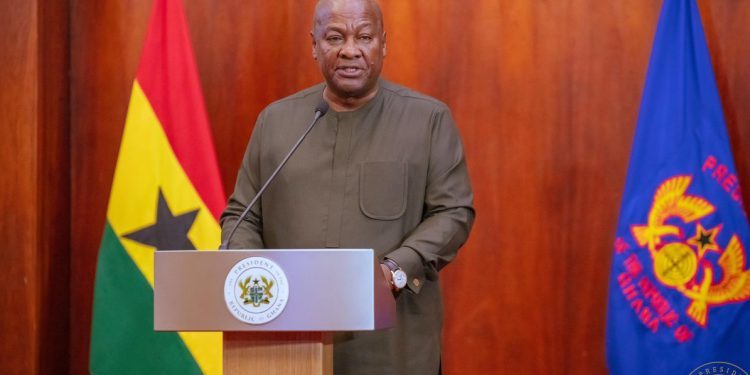
President John Dramani Mahama has characterized Ghana’s debt situation as indicative of the broader African experience, emphasizing the repercussions of unchecked borrowing and poor governance.
Addressing the African Union Debt Conference in Togo on May 12, Mahama shared insights into Ghana’s debt history and the crucial lessons it presents for the continent.
He noted that in the early 2000s, Ghana made significant strides through the HIPC and MDRI initiatives, successfully reducing its debt-to-GDP ratio from over 100% to under 30%. This fiscal relief facilitated major investments in essential sectors such as education, health, and infrastructure.
Between 2006 and 2015, Mahama explained, successive Ghanaian governments, including his own, balanced concessional and non-concessional loans to drive development. In 2015, his administration entered an IMF-backed program aimed at restoring fiscal discipline, particularly in the energy sector.
However, he acknowledged that excessive borrowing in subsequent years, combined with external shocks such as COVID-19, global inflation, and fluctuating commodity prices, led to a debt-to-GDP ratio of 90.7% by 2022. By 2023, interest payments accounted for 47% of government revenue—a figure deemed unsustainable by the World Bank.
In 2024, Ghana secured a $5.4 billion debt restructuring deal through the G20 Common Framework. While this agreement provides some relief, Mahama stressed that the path to recovery remains complicated and necessitates significant reforms.
He outlined three major lessons from Ghana’s debt crisis: the importance of timely and transparent engagement with creditors; the necessity for multilateral support aligned with national priorities; and the critical role of governance in ensuring that debt is utilized productively.
Mahama urged African leaders to take responsibility, warning that unsustainable borrowing-especially for budget support in environments of weak governance-has exacerbated the continent’s current debt challenges.


